We didn’t have anything specific planned for this morning, so decided it would be best spent repeating what we’d done the previous day: visiting the Dolna Kula Valley and photographing some of the site’s birds. In particular, I wasn’t satisfied with yesterday’s efforts of Eastern Black-eared Wheatear and Lesser Grey Shrike, so I would focus specifically on these today. We reached the start of the valley again at 7:00am, but this time drove on quicker to reach the Chukar and Black-eared Wheatear rocks. Overall the time spent here was very similar to how it had been the previous day, starting off with a Chukar, very likely the same one, perched again on the same rocks as we arrived. I was able to add a few more photos to the collection before it disappeared. During the course of the day we heard at least one more Chukar somewhere on the rocks up above.
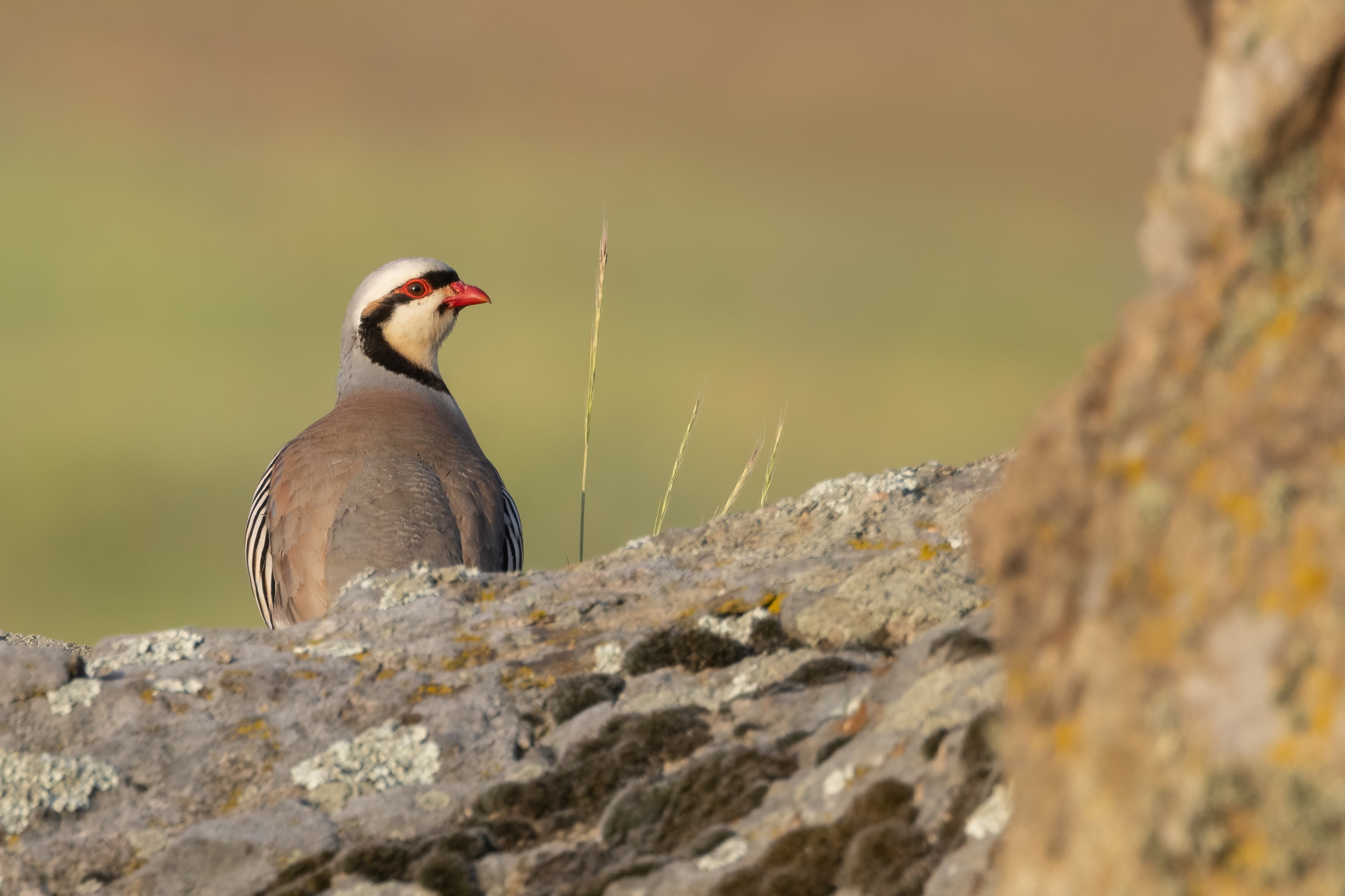
The main target here was the Eastern Black-eared Wheatears, which were both still active in the same area. I found a (rather precarious) place to sit by the side of the road, and waited there until I was eventually treated to some closer views. Both the male and female were once again busily hunting; I noted them carrying a horsefly, mayfly, grasshopper, various larvae (often several at a time) and some other unidentifiable bugs. I managed a range of backgrounds, with a mixture of river, sand, greenery and rocks. Certainly an improvement on yesterday’s images, but not entirely satisfying; next time I need a longer lens… my 700mm (with teleconverter) just wasn’t quite enough!
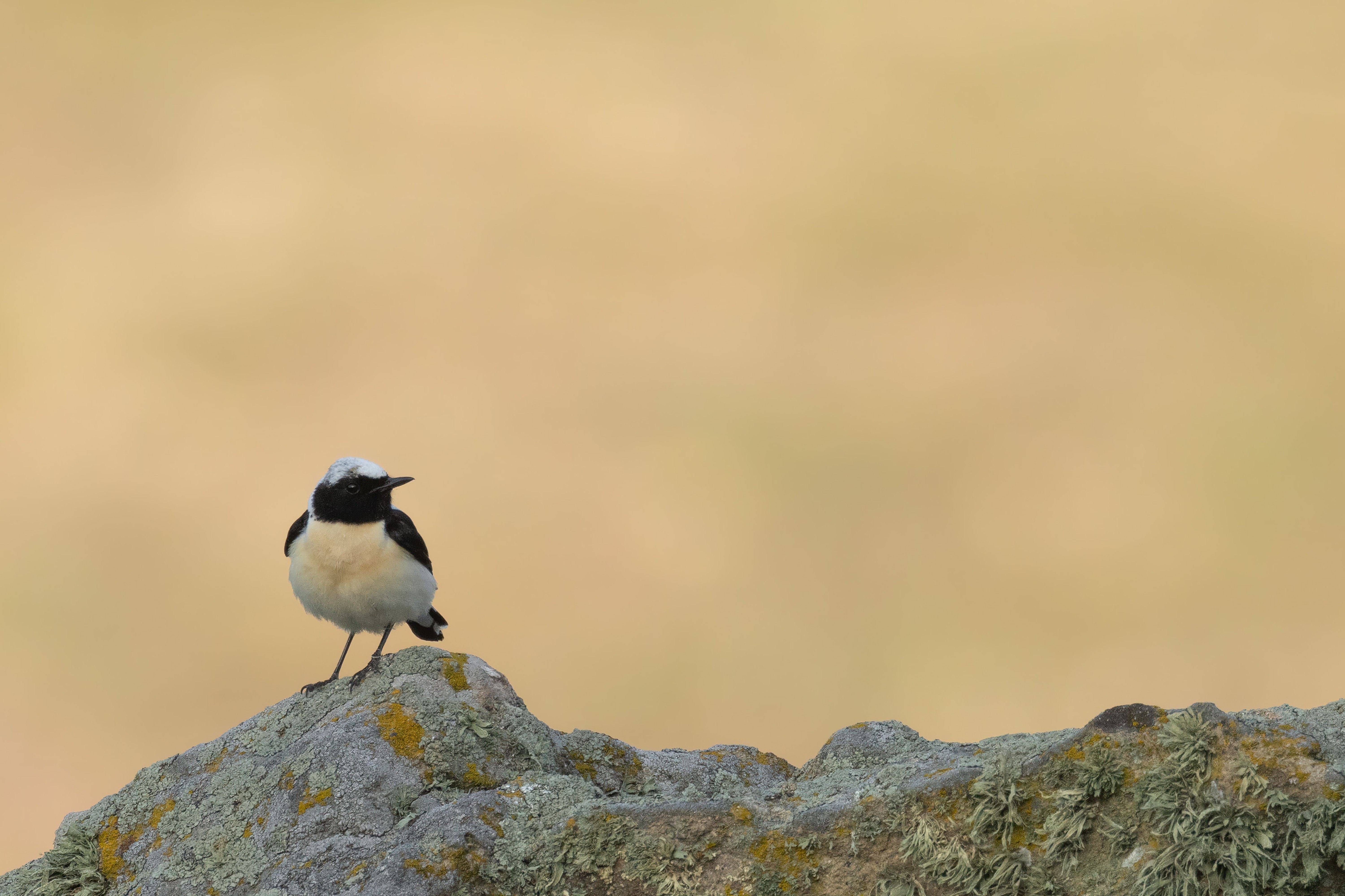
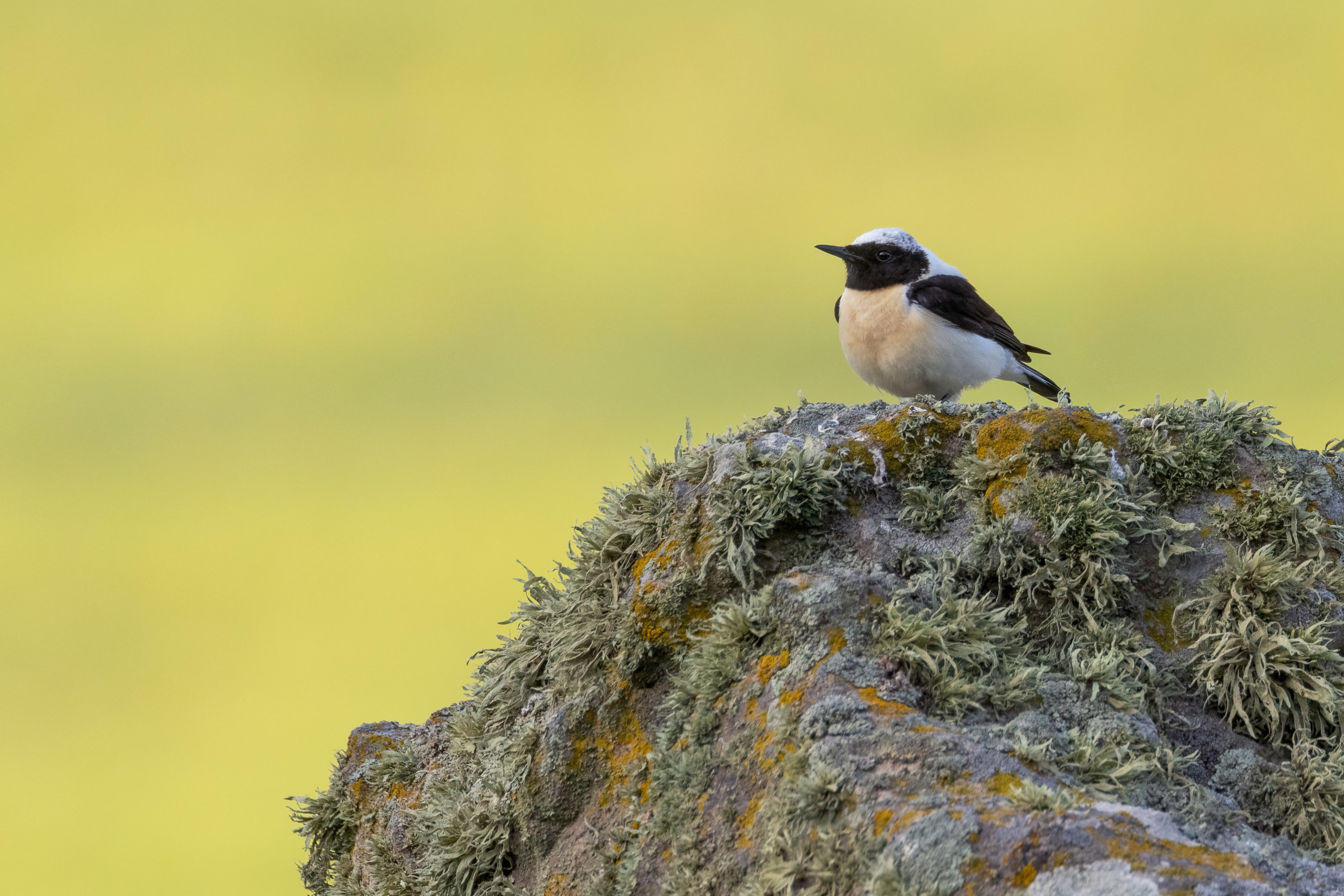

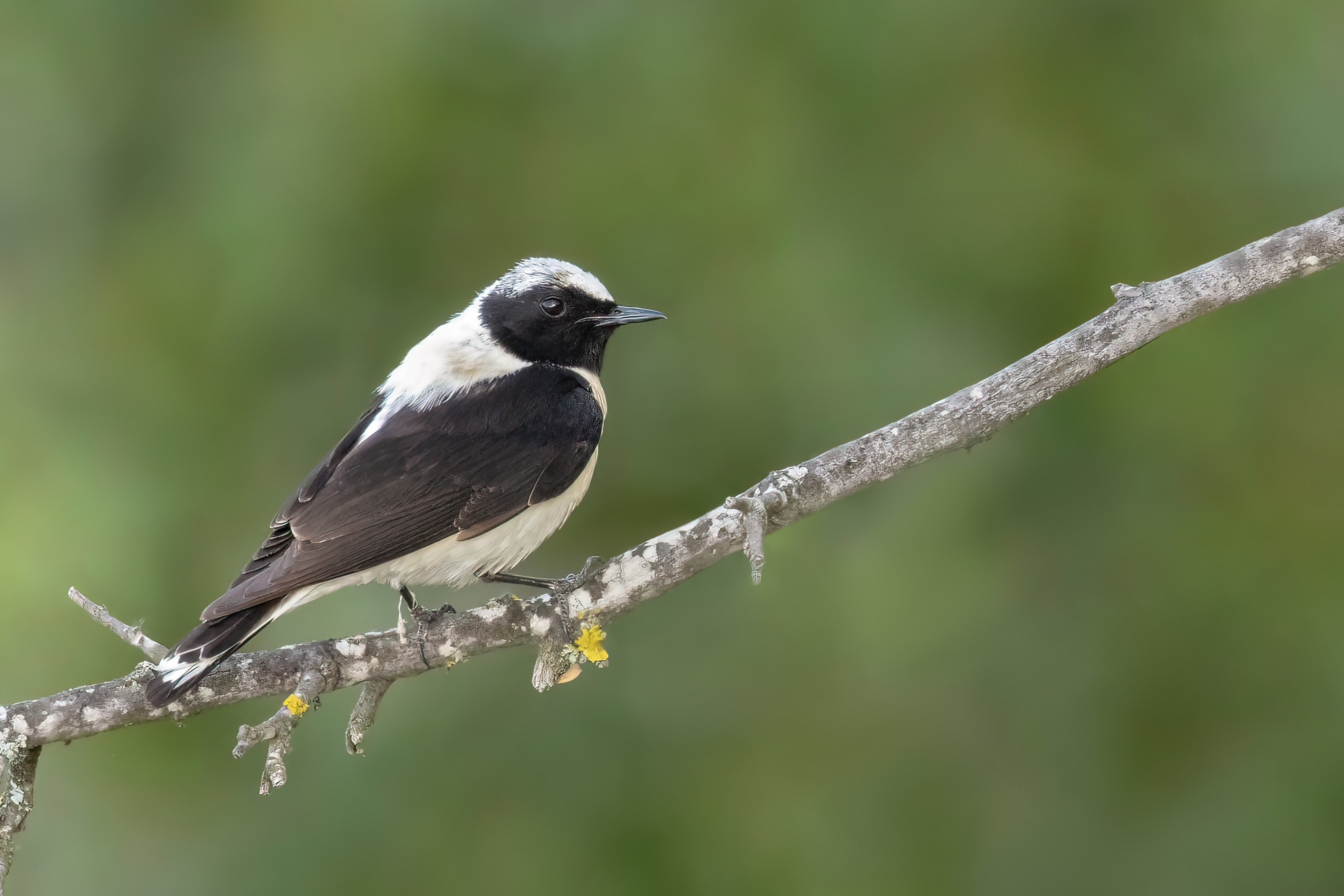
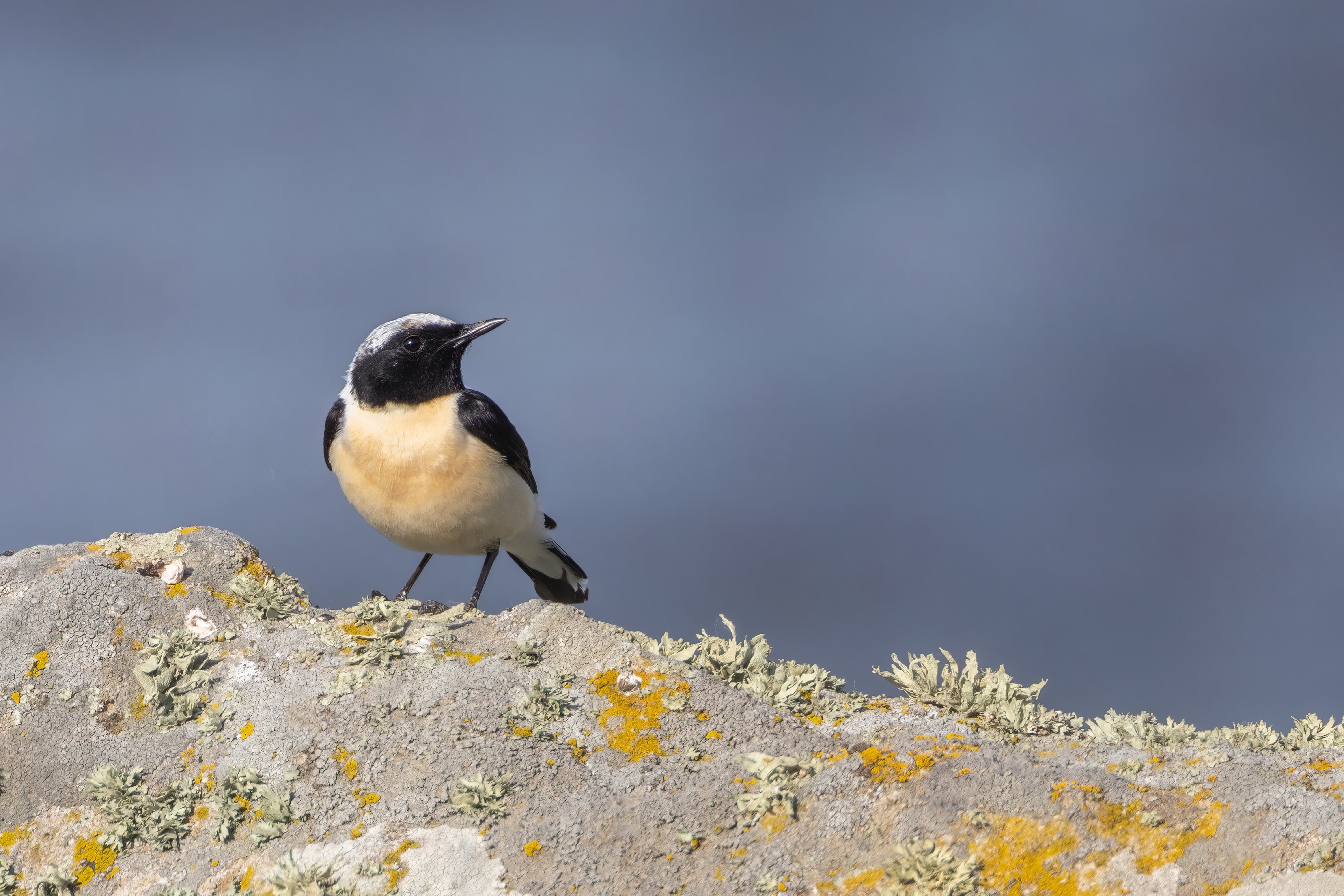

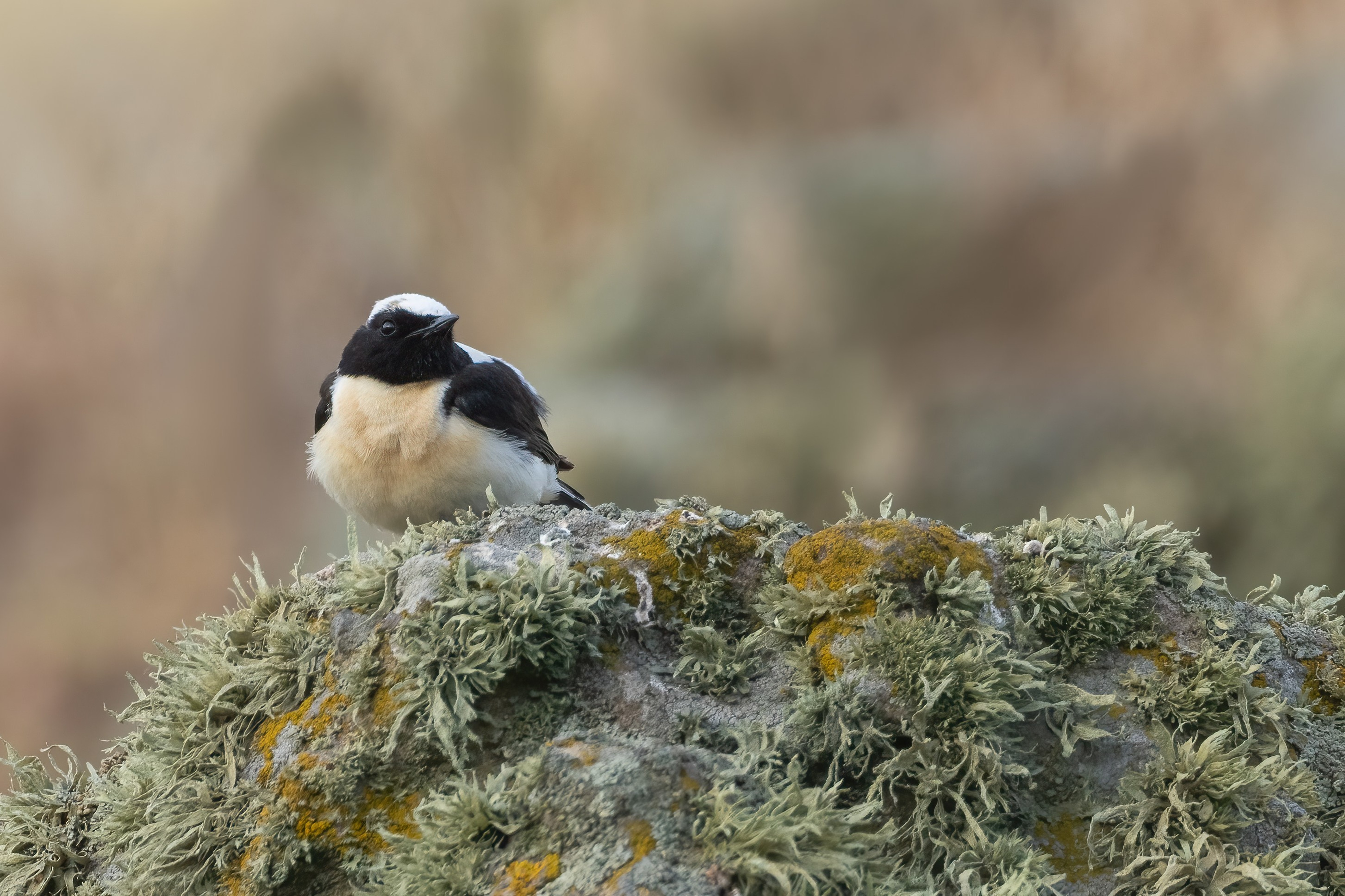
Yesterday’s Eastern Olivcaceous Warbler was also still present, in the same group of bushes as before, and just as active and conspicuous as it had been. Although I ought really to have focused on the wheatears (having already had a lot of success with the warbler), I eventually gave in to temptation, reasoning that in the future I’m more likely to have opportunities to photo the wheatears than I am a skulky Iduna species. Again like the previous day, a couple of male Cirl Bunting were showing nicely in the same area, and once more we had a few fly-bys of a female Goosander up and down the valley.
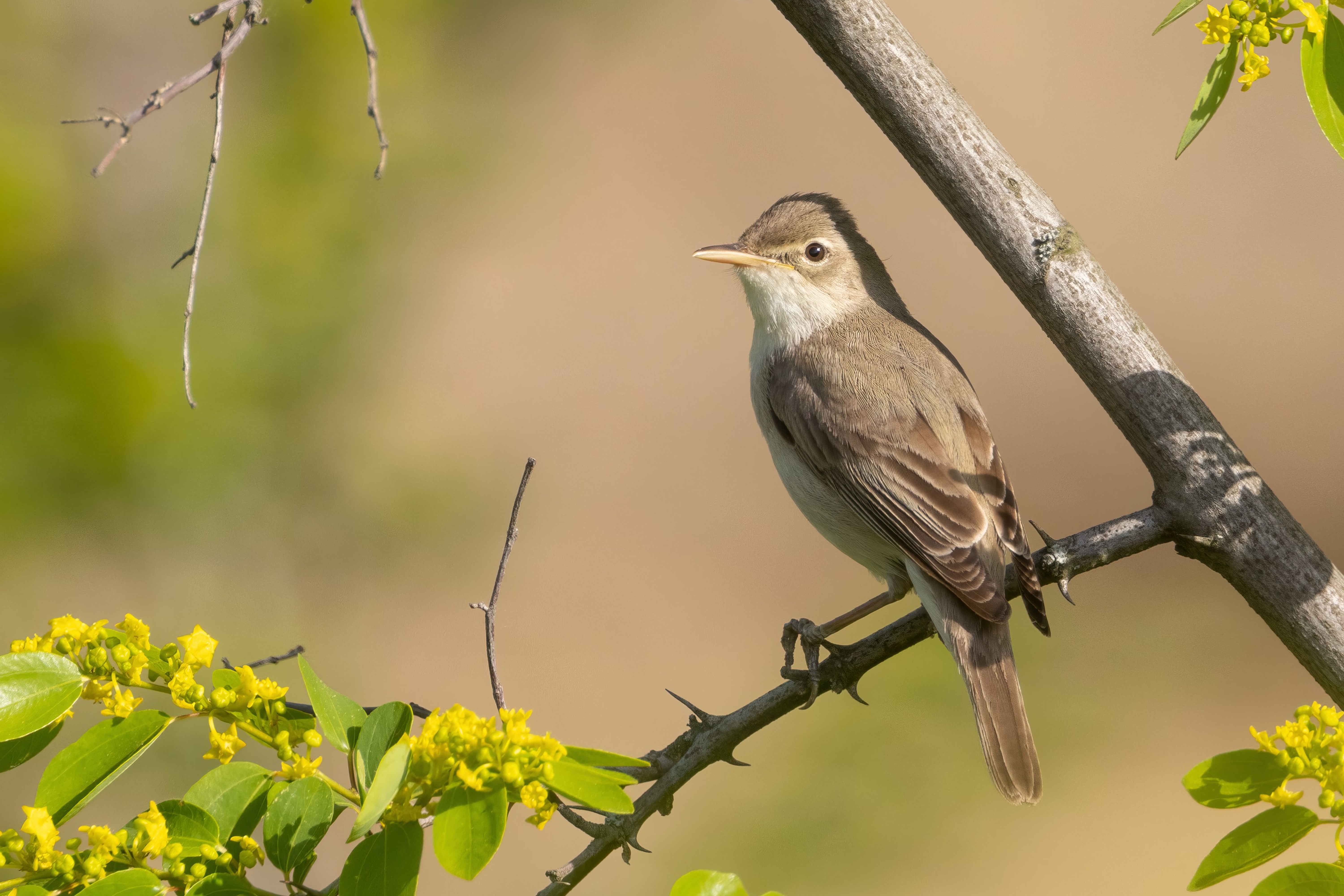
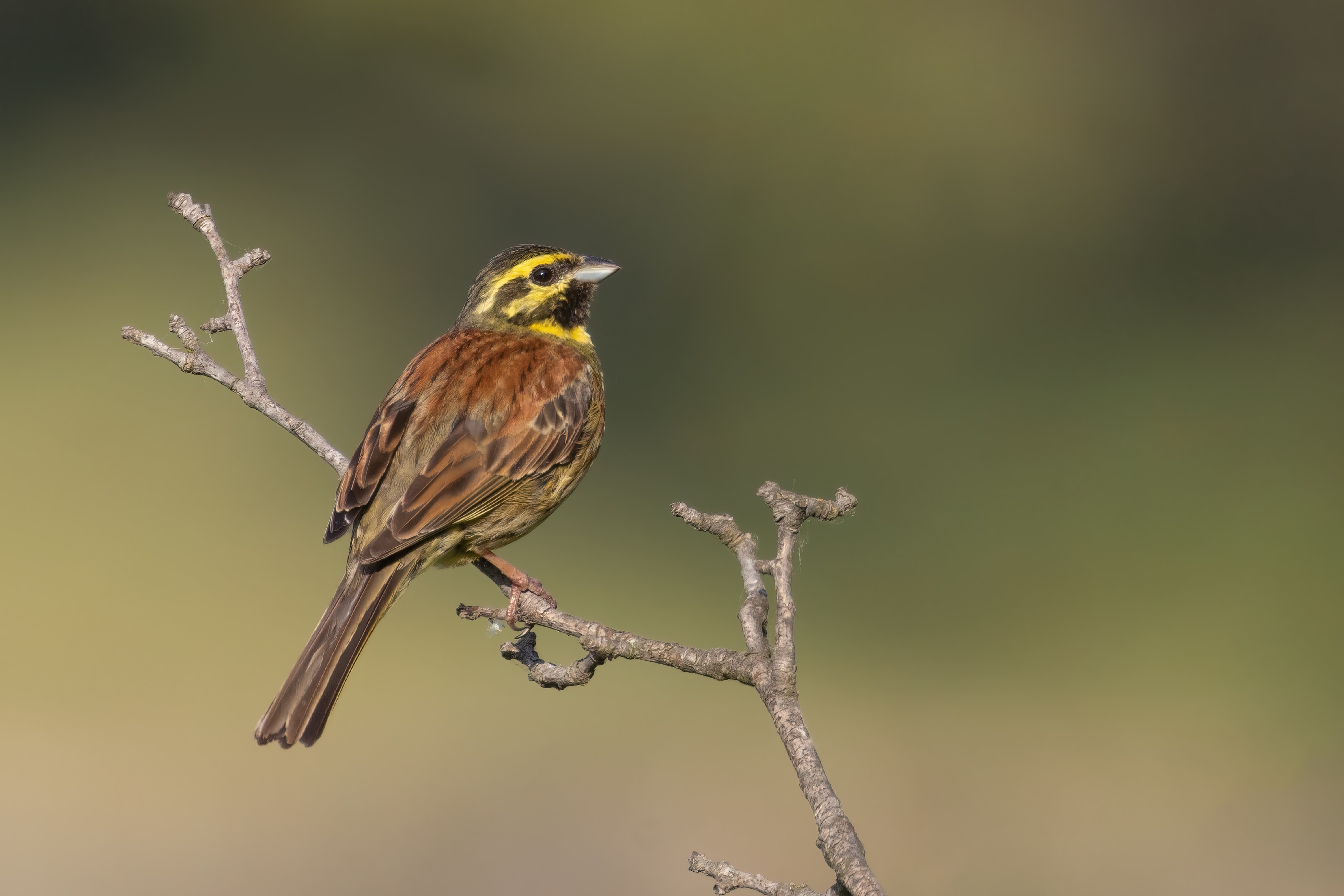
Overhead there was a little more raptor activity today, with a Honey Buzzard, 3 Griffon Vulture and our first Egyptian Vulture of the trip. Also new were our first 2 Eurasian Magpie, and we saw what must be close to being pure Rock Doves. By 9:30am we decided to switch focus to the Lesser Grey Shrikes. We returned to the spot we’d seen the pair yesterday, and with it being earlier in the day and with nicer light, were optimistic of success. The 2 Lesser Grey Shrike were indeed more active and cooperative today, and even came lower down to hunt from a couple of small trees - a much nicer look than on the electricity wires. In this area we also had a few nice flybys of 2 Roller, and there was a lot of Golden Oriole activity.
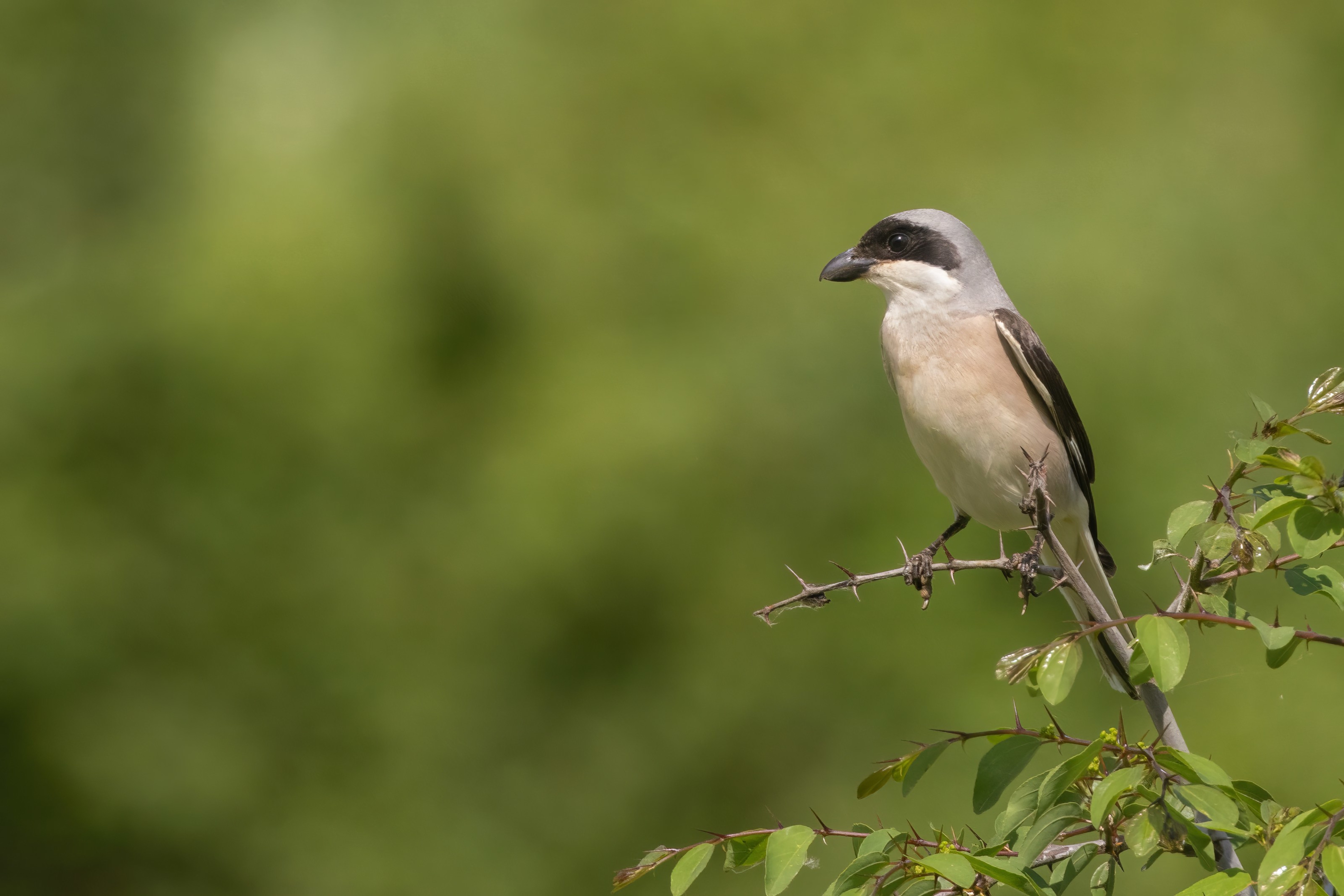
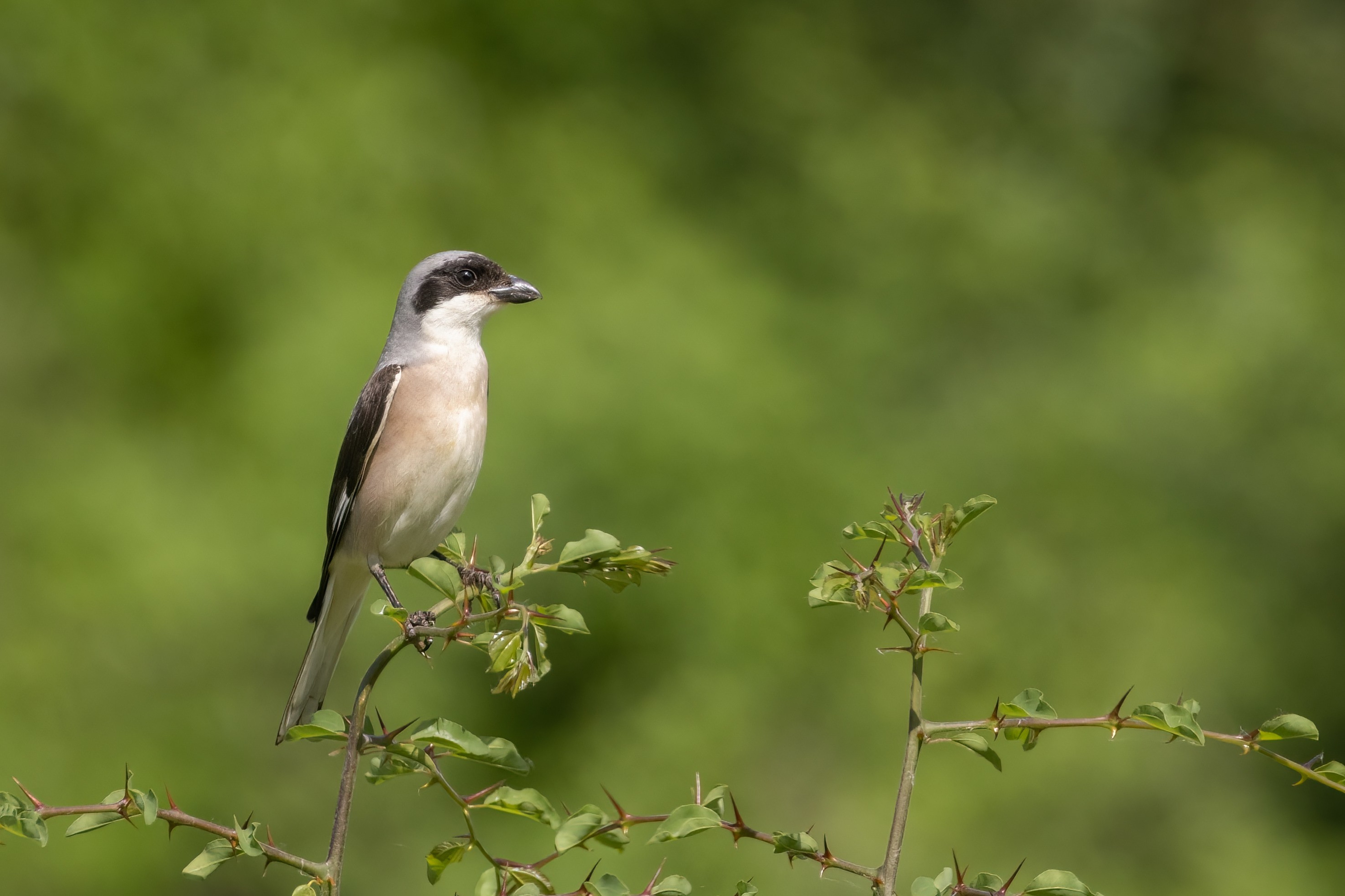
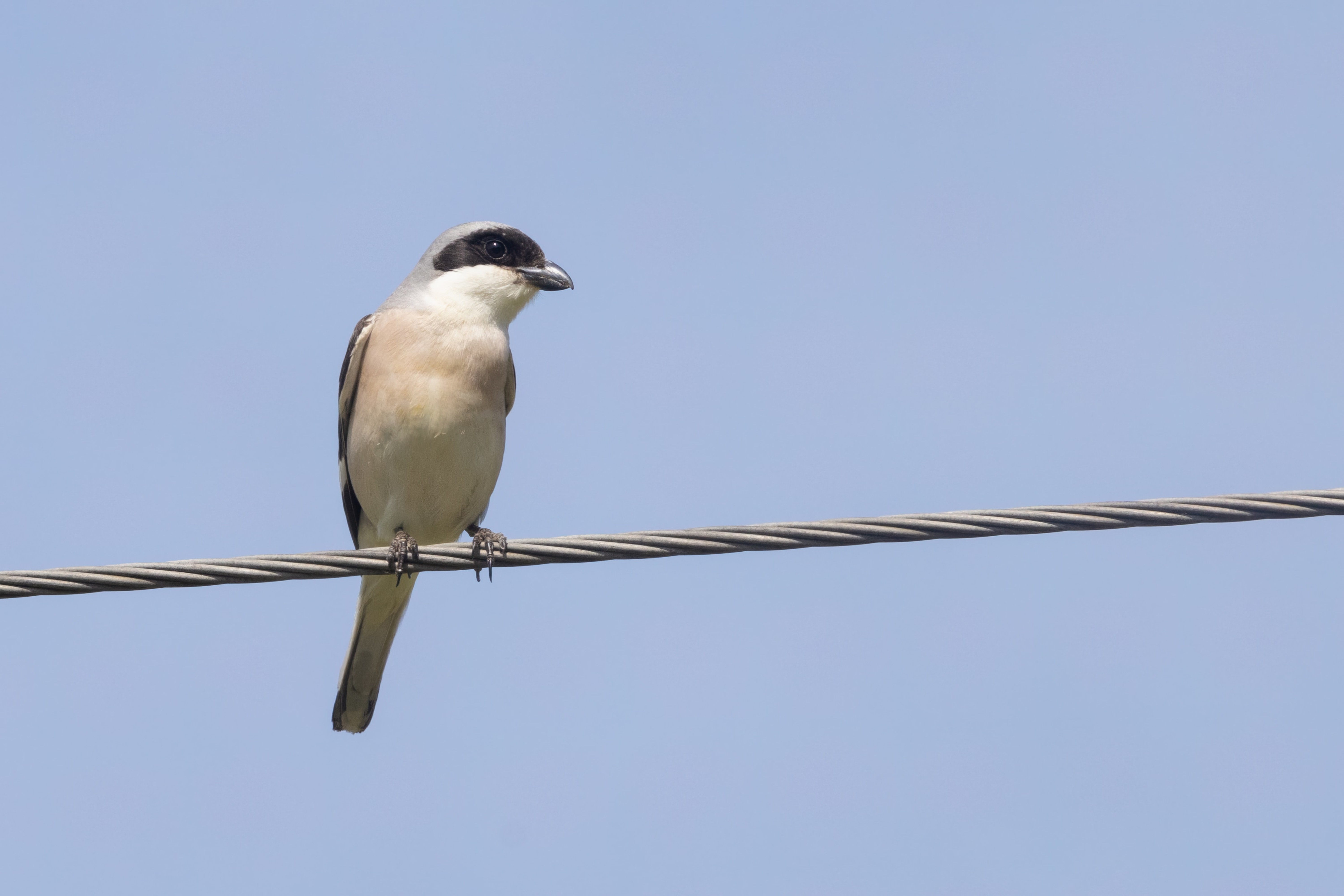
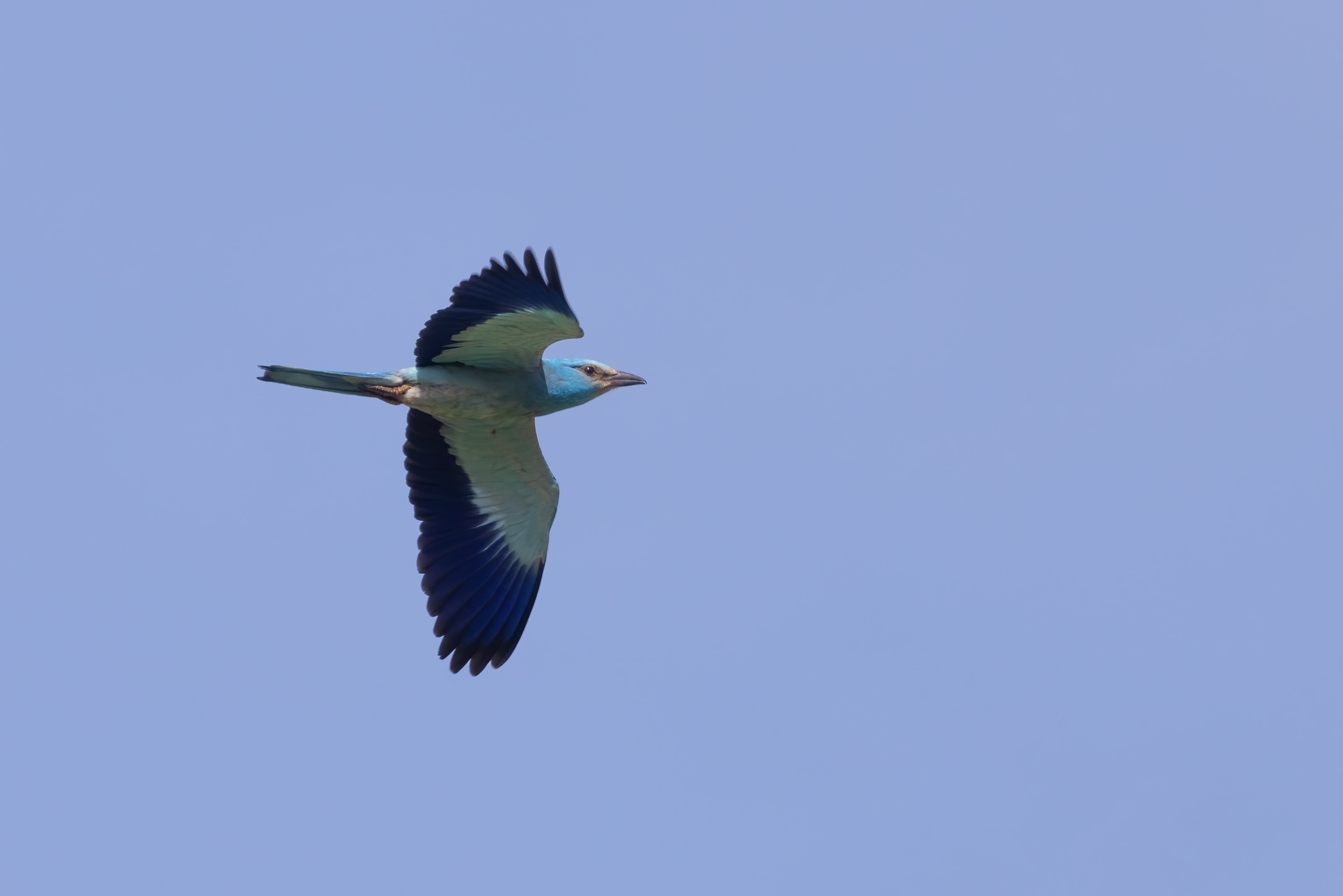
At 10:30am we decided it had been a successful morning and that it would be best to move on. The plan for the afternoon was to visit a good dragonfly site, near the Studen Kladenets dam, looking in particular for Turkish Goldenring and Eastern Spectre. It's just a small site, consisting mainly of just a small, heavily wooded stream - ideal habitat for both the target species. By 11:30am we had arrived, and within 15 minutes had seen the first of at least 3 Turkish Goldenring and 2 Eastern Spectre. As is typical, they just flew up and down the stream repeatedly, never settling. Other Odonata included Beautiful Demoiselle, a Large Red Damselfly, an Azure Bluet and 2 Broad-bodied Chaser. I spent almost 4 hours sitting by the stream, attempting to photograph one of the two species as they went by. The general pattern was that an individual of one species would do a few fly-bys in the space of a couple minutes, and then there’d be nothing for a while, sometimes as long as 20 minutes. Occasionally both species would appear together, causing a bit of a headache in deciding which to prioritise. Overall I failed rather miserably… it’s not a skill I have practiced much and the light conditions down in the shade really are awful. I tried to manually focus at a suitable distance, but always missed by varying degrees. The images below was by far the best result:

Away from the Odonata, the thing of most interest seen here was a brief view of a Freyer’s Purple Emperor, flying at the tops of the trees above the stream. Other butterflies included an Eastern Dappled White, one of just two we’d see during the course of the trip, a Southern White Admiral, and new for the trip Silver-washed Fritillary, Comma and Green Hairstreak. This is a site we always seem to find Dice Snake, and today was no different. Birds were highlighted by a White-throated Dipper, and several each of White Wagtail and Grey Wagtail, which like the Dipper were hunting from the rocks by or in the stream. None of these things were at all cooperative for photography.
Eventually, once I’d admitted defeat with the dragonfly flight shots, we moved on to our next stop, a brief scan for Blue Rock Thrush from a dam. We were unsuccessful, but overhead saw our first Peregrine, 5+ Griffon Vulture, our second Egyptian Vulture of the day and a Black Kite. We had one more stop left, a micro-reservoir we had seen on Google Maps which looked like it may be promising for dragonflies. It was however pretty much dried out, and we didn’t see a single dragonfly. The only photograph I took was of the common but attractive Gelechiid moth Mirificarma eburnella, a really vibrant-looking micro when seen up close.
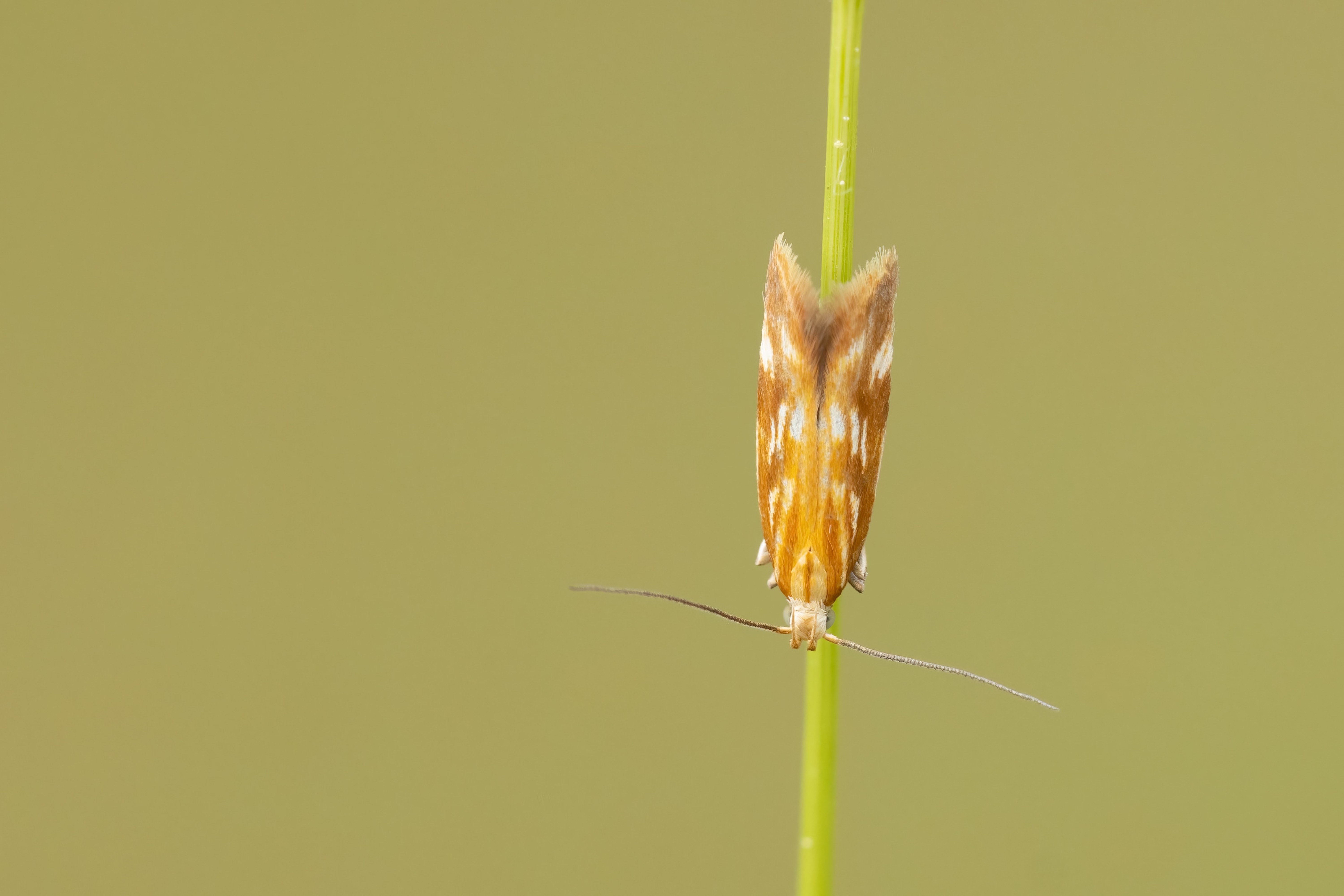
No comments yet — leave one below: